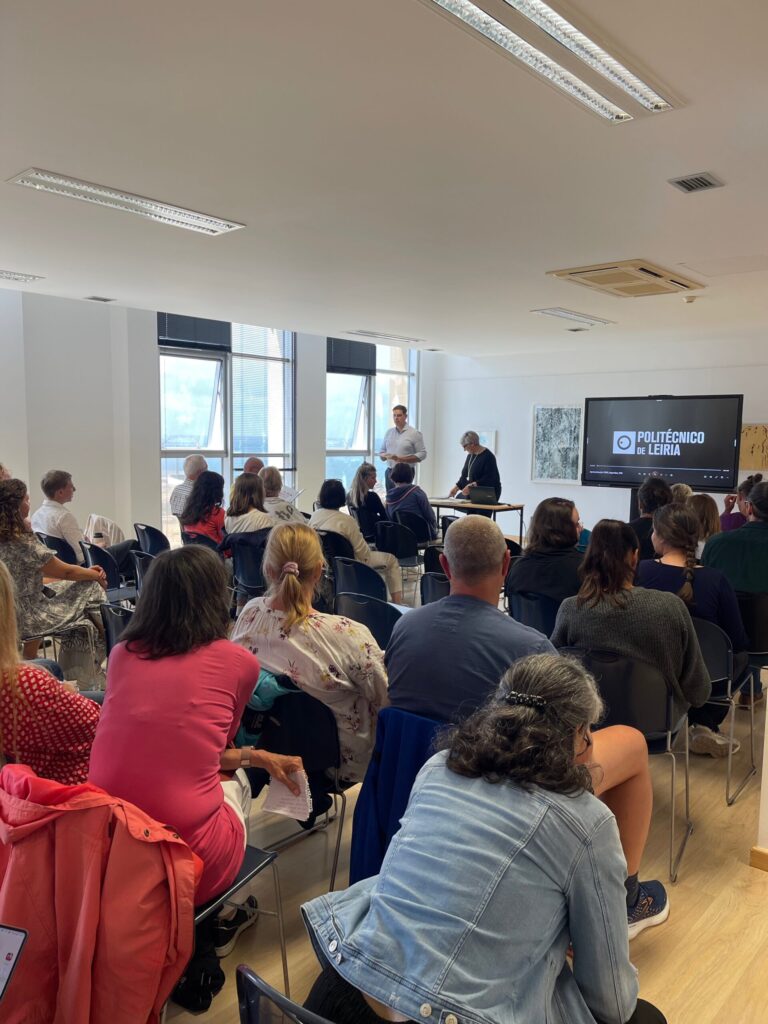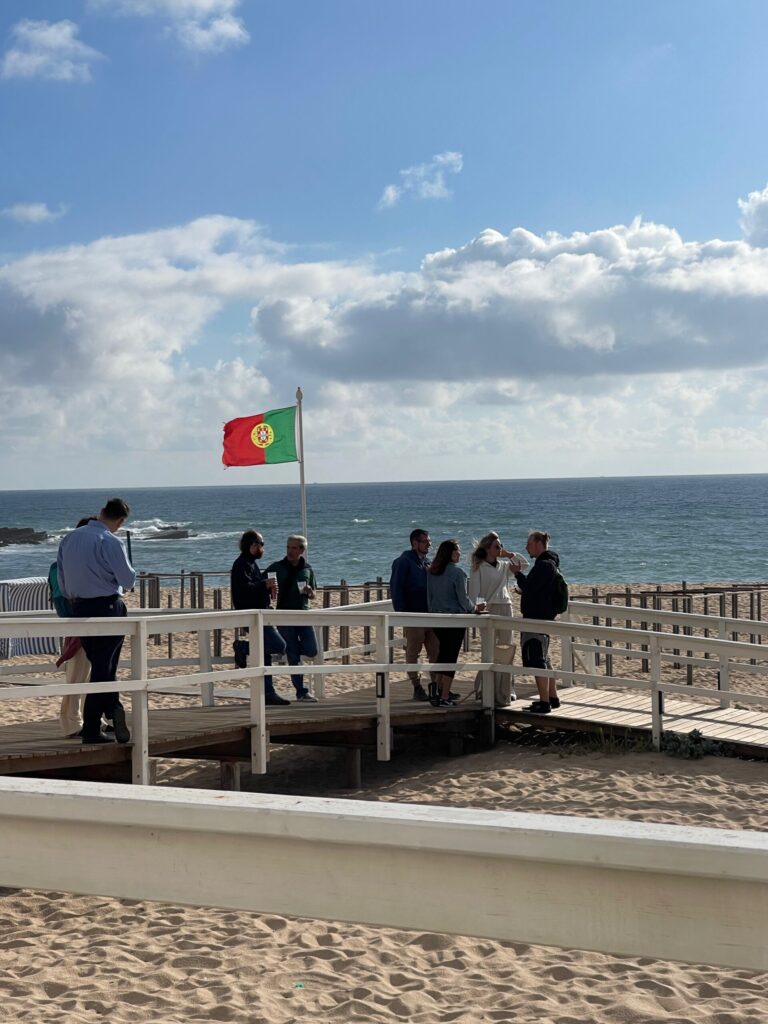In June 2024, our week-long training course in Peniche, Portugal, brought together participants from across Europe, all united by a shared mission: to develop inclusive mobility offers for disadvantaged adult learners. The following travel report, written by one of our participants, captures the highlights and key moments of our journey together.
I got a good feeling for the course at our first online gathering prior to the course in Portugal. Participants from across Europe, working with different disadvantaged target groups and all dealing with the same challenge – how to make mobility learning more accessible for disadvantaged adult learners – met online to get to know each other. I enjoyed being a part of this forming community and looked forward to meeting everyone in person.

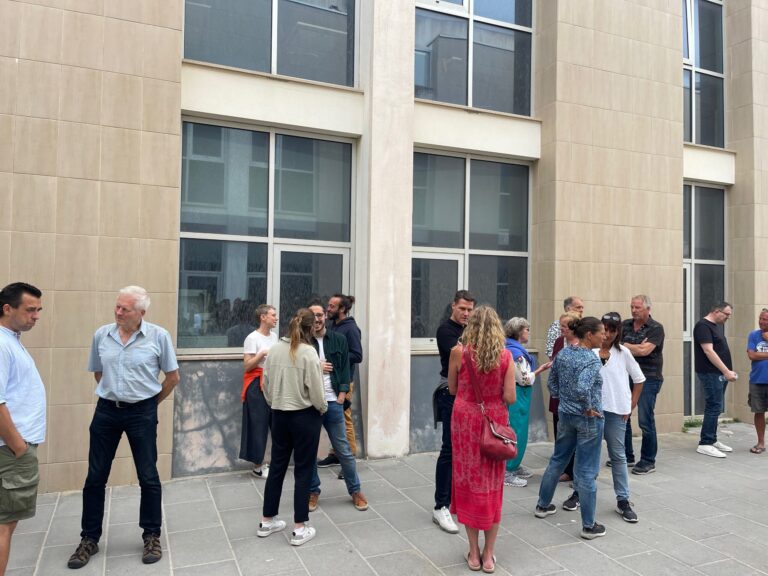
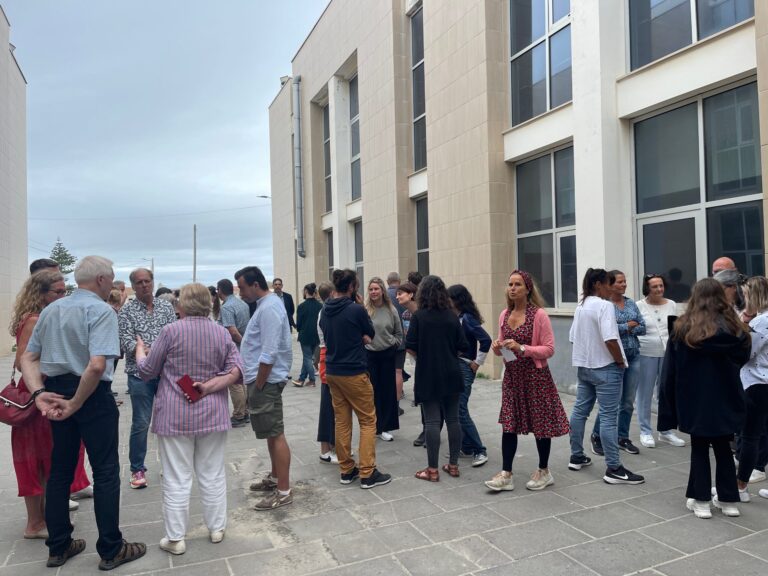
In Peniche the energy was positive from the start on. The well-prepared organisers set a good tone at the beginning by providing the necessary information to understand the exact training program. Getting to know each other through ice-breaking games left me surprised by the instant connection between people who have only known each other for not even an hour. Playing in pairs and connecting through unknown moments has set a very firm ground for the further course.
On the second day of the course we went on an excursion to Berlengas island, a small island and natural reserve not far from Peniche.
While we were there, we were asked to imagine ourselves in the shoes of a person in our target groups, which allowed us to deeply understand and examine what it means to have a physical disability while discovering new places, how an older person would feel on a learning mobility offer like this, what needs we have to consider while making learning mobility offer for people with mental challenges etc. This experience highlighted our mission to create equal opportunities in mobility learning.
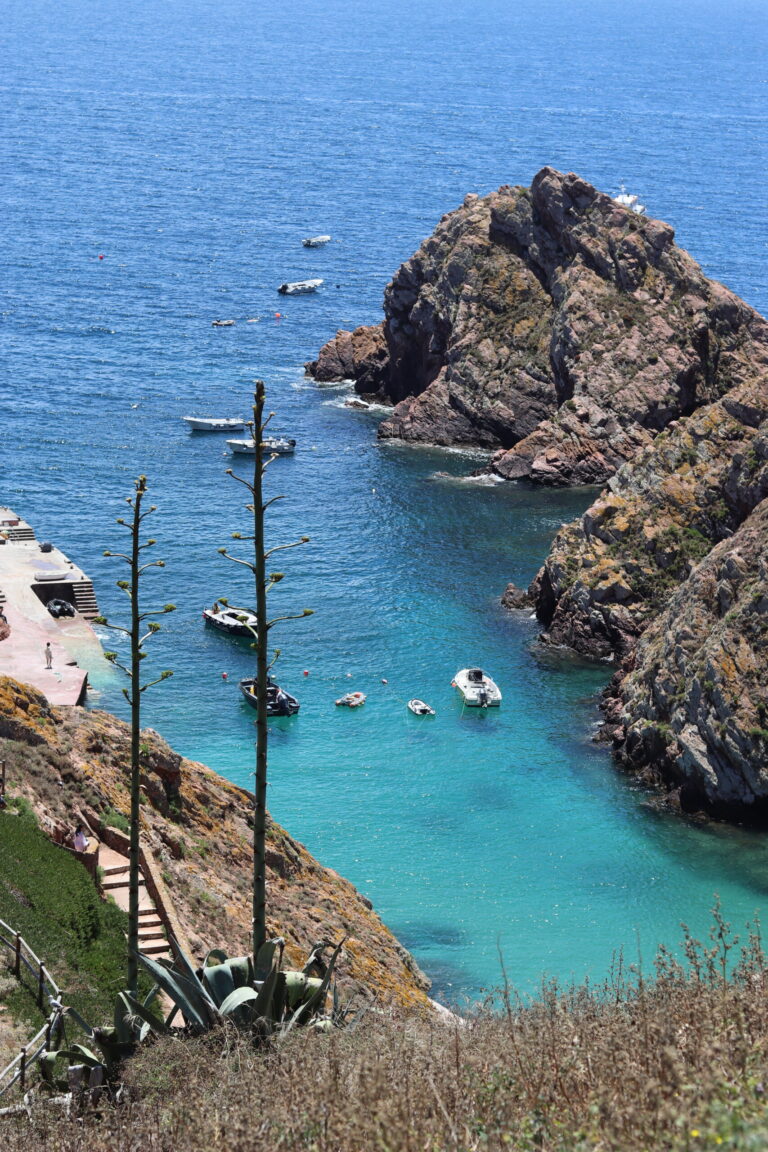
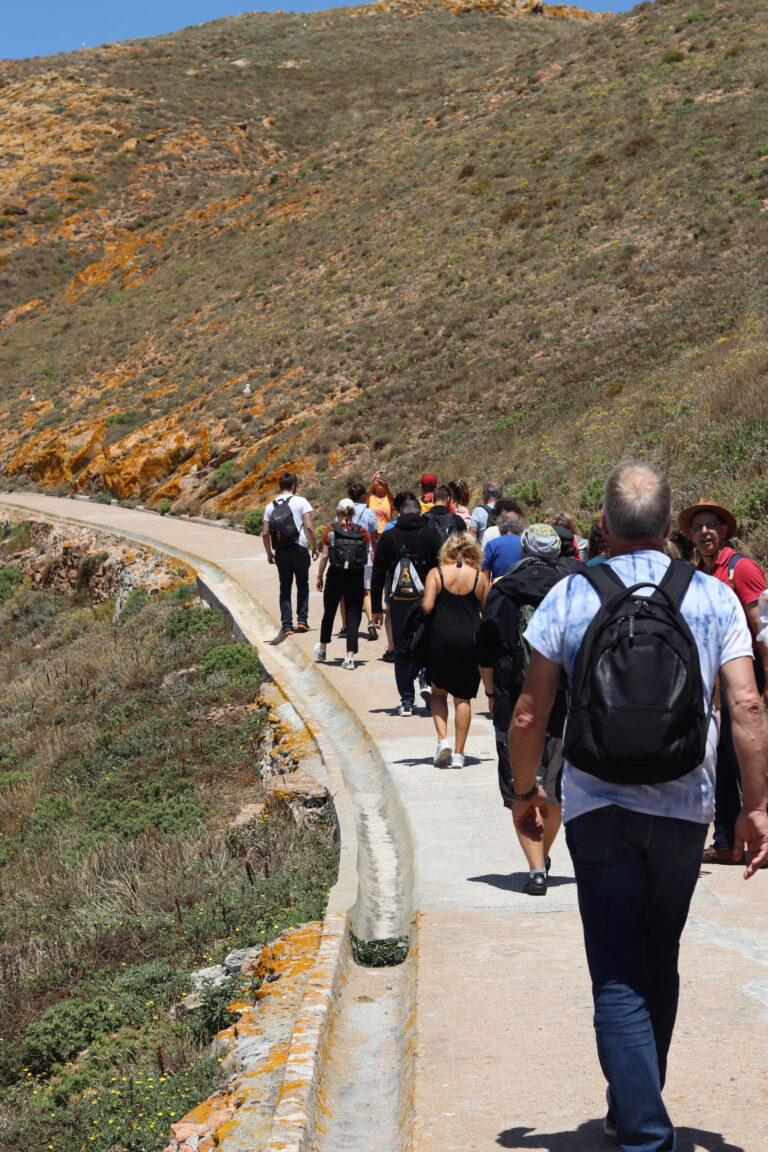
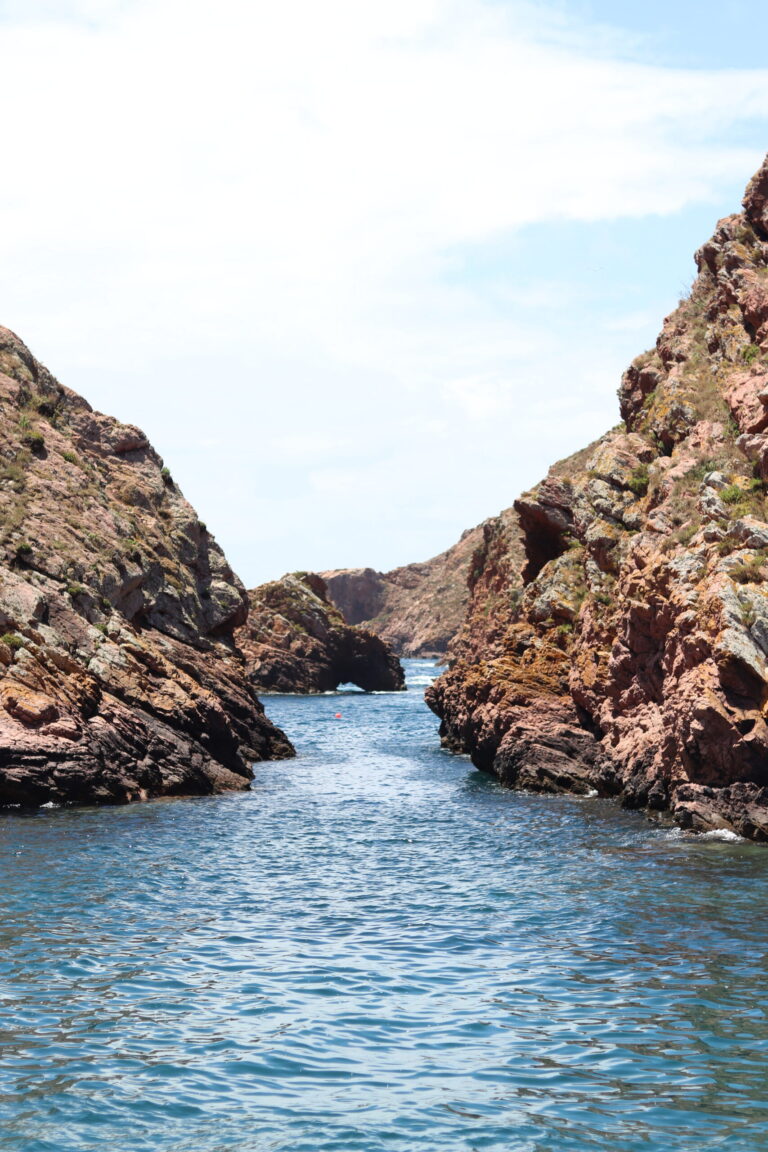
On the third day of the course, our incredible organisational team equipped us with the necessary knowledge to start working in groups and developing creative solutions for our respective target groups. A presentation of the design thinking method, a process of developing innovative ideas, gave us concrete steps on how to continue. As a group we felt supported and guided through this learning process.
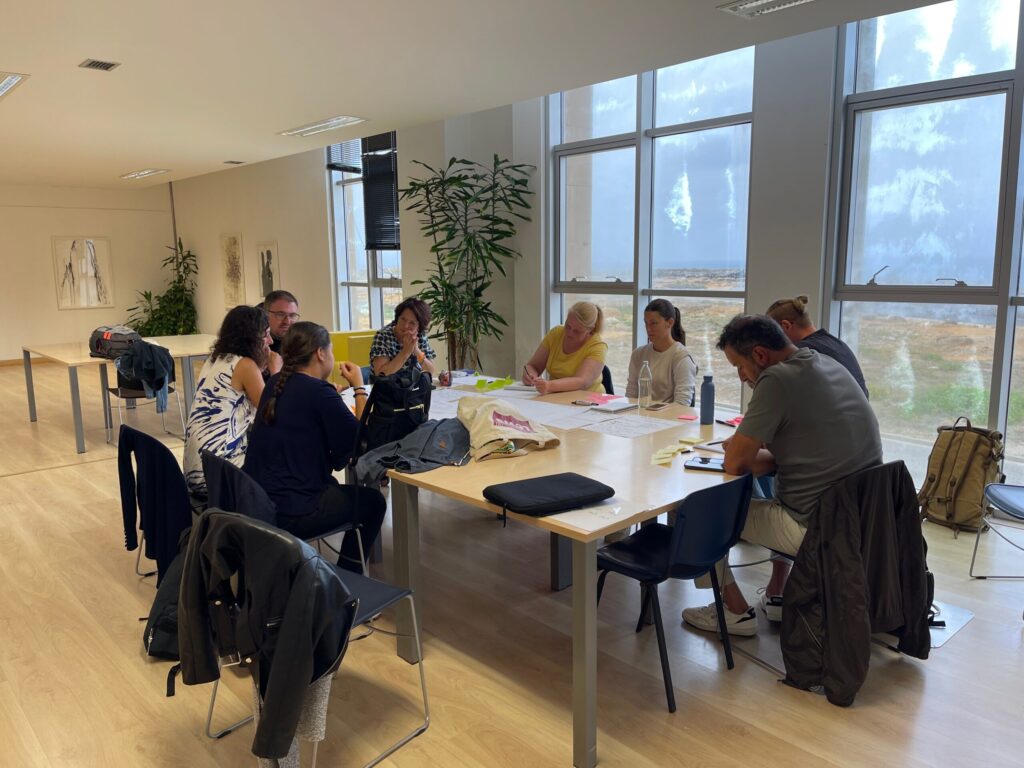
Our team leader/mentor was amazing, she gave us enough time to bond as a team. We built our team spirit by sharing our past experiences of working with disadvantaged groups, the skills and strengths we bring to our group and our mobility learning experience in foreign countries. We continued our group work by sharing what learning in mobility means for each of us. Creating a common definition of it provided us with a good start of understanding what our shared goal/challenge is – making a learning mobility offer for people who have experienced trauma.
The challenge we defined and wanted to tackle as a group combined our shared interests and good practices we have met along our way. Our focus was making innovative learning formats that are not developed “exclusively” but “inclusively” all together.
Next step was understanding our target group’s needs. We helped ourselves with Persona Canvas, Empathy and a Journey map where we created two people with real names, jobs, families, challenges, etc. so we could better imagine what their pain is and what they would want from our offer. That was a base to start gathering the ideas for our inclusive offer of mobility learning. By going through the different Design Thinking steps we developed our initial ideas further and in the end came up with a prototype to represent our idea and make it more tangible. Once we designed the offer, the job was not done yet. It came to the part of presenting the idea. During the conference on Thursday, we had the chance to present our idea and prototype. You can watch a video of our presentation here.
While working in our groups, we also had an opportunity to get to know a part of the local life of a migrant from Mozambique, who beautifully sang us a song that he wrote. We also tried out our dance moves to typical Portuguese songs and with that had the chance to learn more about local culture.
On the same day, we also had a motivational guest speaker come and visit us, who shared his story about a successful practice that he and his team developed for physically disadvantaged people who can now surf with their innovations, which showed us that no obstacle is too big to not be overcome.
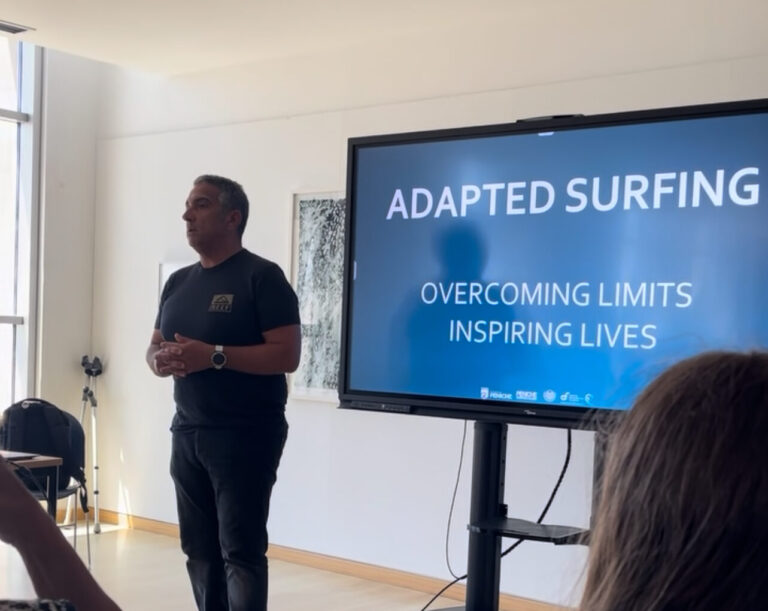
In less than a week we were constantly developing a variety of skills. With design thinking we applied a problem solving approach to address mobility challenges. Through needs assessment we now better understand the unique needs of individuals with mental challenges and trauma. For effective group work we practiced empathy, active listening, creativity, public speaking and that is just to name a few. It was an intense learning experience where we created a good ground for further development of making mobility learning accessible for disadvantaged adult learners and to create equal opportunities for everyone.
